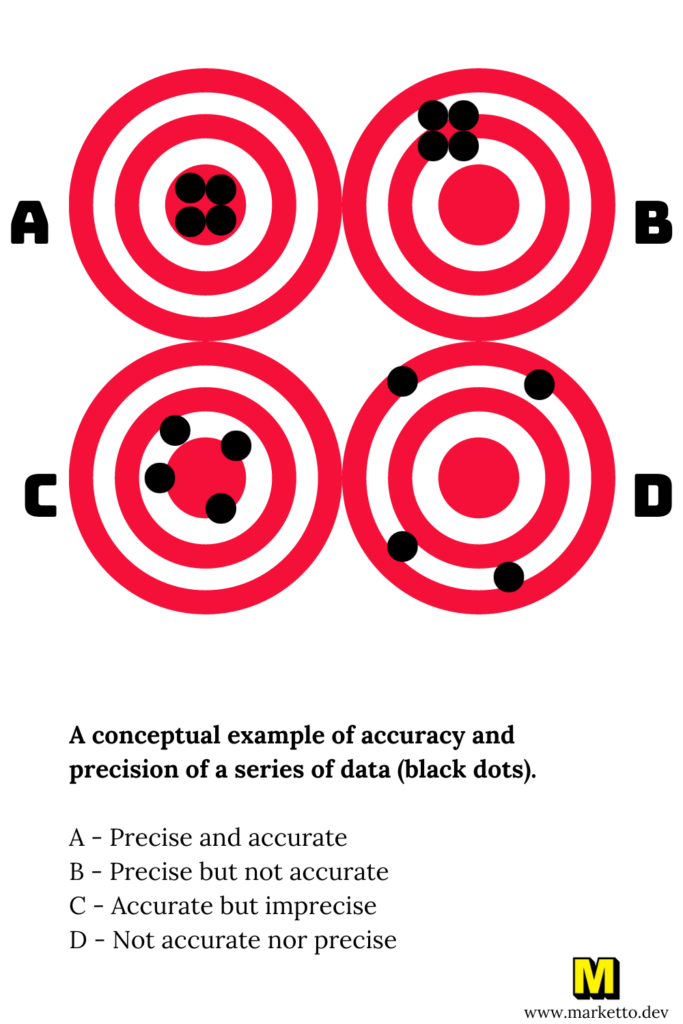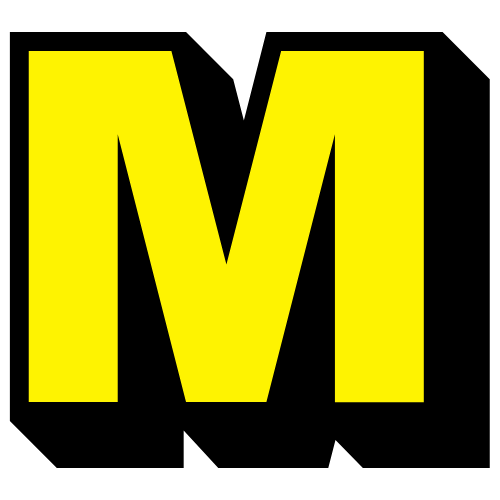
Why CARE?
Nowadays, technical writing is used by the majority of companies for their marketing purposes. However, one often misses understanding its essence through and through.
Technical writing is not only about persuasive pitches or fancy jargon. It consists of explaining very complex concepts easily so that any person can understand the message intended and therefore assimilate the call to action. Independent of the format – blog, whitepaper, ebook, and so on – the key idea remains constant: simplify and enlighten.
Enter Clarity and Accuracy: the two pillars that elevate any technical narrative. Without them, even the most sophisticated content loses momentum. With them, awareness becomes effortless and application, reflexive.
The core of technical writing involves instructing the reader on using a tool or navigating a process but that’s not all.
In our digital age, readers are flooded with direct demands: “Click here,” “Sign up now,” and “Buy immediately”…
These brash calls are the equivalent of asking without first establishing trust. And yet, seasoned marketers understand an age-old truth: the art of giving precedes taking.
But the notion of “give before you take” may seem reminiscent of bygone days. However, when we say “understanding must precede advice,” we’re highlighting the essence of modern communication. It’s about recognizing the context.
Undoubtedly, by truly understanding the audience’s needs, desires, and pain points, the advice rendered is not just heard but valued and acted upon. It transforms from a mere suggestion to a compelling directive, consistently merging the reader’s journey with the narrative’s intent.
Why do so many technical writings save their call to action for the conclusion? Because the best pieces don’t just instruct — they engage, captivate, and offer value every step of the way. They recognize the importance of giving generously before seeking anything in return. By the time a call to action appears, readers feel invested, understood, and more inclined to respond. They don’t feel harassed, but rather valued.
And through this delicate balance, reminding one of a dance, the power of the remaining pillars of our framework shines forth. It is not just about dishing out information but creating an experience. One where readers do not merely passively consume but actively participate, from intrigue to action. After all, isn’t that the measure of successful technical writing?
Enter Relevance and Engagement: the twin keystones that transform technical writing from mere instruction into a compelling stimulus for change and connection.
Currently, this has positioned us to have identified four pillars that we believe in and use them anytime we pen any technical pieces. They form the basis of how we go about writing, thereby always knowing how to come up with content that is engaging and relevant. These four pillars are elemental to our philosophy and technical writing practices. We’ve named it the CARE framework.
Clarity + Accuracy + Relevance + Engagement = CARE
Our goal in this paper is to establish these rules and explain each one of them through examples and use cases. Read on!
Clarity
If you google the word “clarity”, you’ll find 3 definitions from the Oxford Languages Dictionary:
- The quality of being coherent and intelligible.
- The quality of being certain or definite.
- The quality of being easy to see or hear; sharpness of image or sound.
We do not emphasize the auditory or visual sharpness here, as the third definition suggests. In the context of technical writing and the CARE framework, our focus lies primarily on the first two definitions.
Especially in a domain where the subject content is inherently complex, coherence and intelligibility cannot be overstated. Thus, any particular piece of technical writing, designed to communicate messages to either practitioners or novice professionals, has to be structured and articulated in a manner that offers a clear, logical progression of ideas. Ambiguity is the enemy of clarity, and in a world filled with content, readers will not spend much time deciphering what you meant if it is not instinctively clear.
Similarly, certainty – or definitiveness – means standing behind the information you present with confidence. This means being clear and avoiding vague statements. It also means ensuring that every claim or piece of advice can be supported by evidence or reasoning. When a reader perceives that a writer is confident in their assertions, trust is built. In technical writing, trust is crucial.
Remember that clarity entails more than just eliminating jargon or simplifying sentences – it means ensuring that the intended message is loud and clear, indisputable and undeniable. This will be the framework’s bedrock from which the other pillars will rise.
Accuracy
We debated on “precision” versus “accuracy” for a long time, discussing where the emphasis of the framework for this domain should lie. After a deep reflection, we realized that there is a thin dividing line between the two. Precision refers to when an archer consistently hits the same point during shooting, whether it is on target or not. On the other hand, accuracy means making every shot on target, even if some shots are scattered by a large distance.
Take a look at the image below, which perfectly clarifies the difference between accuracy and precision:

The image demonstrates a conceptual example of the accuracy and precision of a series of data (red dots).
A – Precise and accurate
B – Precise but not accurate
C – Accurate but imprecise
D – Not accurate nor precise
Accuracy, in our context, would refer to the correctness and reliability of the information presented. It’s not only about being consistent in delivering information but also about ensuring that what you deliver is spot-on every time. While there may be some merits to preciseness, accuracy is non-negotiable. This helps build credibility, inspire trust, and solidify your place as a reliable source among the vast sea of information out there.
Relevance
Relevance is a quality that signifies being pertinent or practical to a specific subject or context. In the context of communication, and particularly in writing, relevance ensures that what is written or displayed resonates with the needs and understanding of the audience.
Relevance is crucial in technical writing, where guidelines, insights, or instructions are intended to be directly applicable to the customer’s projects, problems, and challenges.
Relevant content resonates more with the reader or user, keeping them engaged, helping them understand, and aiding their memory. It ensures that the reader or user gains something valuable from the information, making it more meaningful and relevant to their needs.
Imagine yourself as the chef preparing a special dish for a dinner event. Among thousands of recipe books, your guests specifically request a special vegan dish. While a rich beef stew recipe might be delicious, it is definitely not appropriate for this dinner occasion. On the other hand, a detailed vegan risotto recipe with clear instructions and useful recommendations would be more suitable and helpful. Just as the chef needs the correct recipe to satisfy the requirements of their guests, technical writing should provide information that directly addresses the demands and problems of the readers. In both cases, relevance is crucial to ensure that the effort put in results in the intended outcome: a satisfied guest or an informed reader.
Engagement
Compelling headlines, relatable introductions, useful and relevant content, visuals, interactive elements such as quizzes and polls, using the right conversational tone, engaging emotions, asking questions, and using calls to action. All of these are tools you can use to engage the reader. However, at the heart of truly engaging content is authenticity. Modern readers can tell the difference between content that genuinely wants to inform, inspire, or entertain them and content that is purely transactional or self-serving.
Authenticity builds trust. When a reader senses that you genuinely care about their needs and that your motives are not solely to sell something or promote your agenda, they will connect deeply with your content. Authenticity is the thread that weaves all these elements together so that engaging content resonates on a human level. It has to be done not just with the right shooting tools, cheap and user-friendly which are available today but genuinely and with purpose. Let’s take an example from real life to illustrate this concept: the blog maintained by Basecamp, the project management tool.
Instead of publishing articles focused solely on the features of their product, they describe more general problems like striking a balance between work and personal life, teamwork, and challenges faced by remote workers.
By addressing these relevant and universally felt pain points, they manage to truly resonate with their readers. They do this not because they want to promote Basecamp per se, but because they genuinely want to bring value and understand the wider context in which their tool is used. This approach strengthens their brand image and the connection they gain with their audience. Authenticity and relevancy combined are a powerful combination.
The CAREful Craft: Bringing Technical Writing to Life
As we traverse the vast landscape of technical writing, one thing remains perfectly clear – for our content to truly resonate, it must not only be present but infused with purpose and vitality. And yet – how do we bring life to our writing?
The answer lies in the very acronym that has shaped our narrative today: CARE.
In a noisy landscape full of loud voices, at MarketToDev, we believe that for our voice to stand out, our content must Clearly communicate, be Accurate in its assertions, Resonate in its relevance, and consistently Engage our audience. That’s not just a formula; it’s our ethos.
Now as we near the end of our journey through this article, let us leave you with this thought: The next time the chance to be tasked with an assignment to pen down a technical piece on your technical platform happens your way, infuse CARE into it. It’s not a framework of guidelines or best practices, it is one to build and nurture your relationship with your readers, one built on trust, value, and mutual respect.
That line between clarity and convolution can be a fine one, but the CARE framework serves as our beacon, guiding us toward content that educates and elevates. Embrace it, and watch as your mere words become more than just text but a tapestry of connection, understanding, and action.
We help you win the race to Developers’ hearts! 🚀
MarketToDev is a Developer Marketing & Relation Agency. A singular blend of marketing, software engineering, and passion. We help developer-first companies build and nurture communities, increasing Developer adoption, and engaging through technical content. If you’re ready to make a difference with your technical content, partner with us and see the CARE difference in action.

Leave a Reply